What is an AI Robot: Definition and Applications
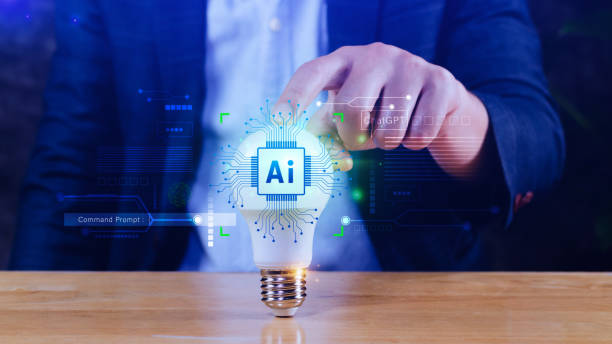
An #AI robot (Artificial Intelligence Robot) is a combination of two important technological fields: #ArtificialIntelligence and #Robotics.
In short, an AI robot is a physical or virtual machine that, using artificial intelligence algorithms, is capable of performing tasks that typically require human intelligence.
These tasks can include learning, reasoning, problem-solving, pattern recognition, and decision-making.
Artificial intelligence allows the robot to interact with its environment, collect information, process it, and act upon it.
The applications of #AI robots are vast and diverse, usable in almost every industry.
Common applications include automated production lines in factories, surgical robots in hospitals, virtual assistants in smartphones, and even security guard robots in secure environments.
#AI robots are revolutionizing our lives and have the potential to play a much more significant role in the future.
AI robots can perform a wide range of tasks, which has led many people to embrace them.
Worried about losing customers because you don’t have a professional e-commerce website?
Forget these worries with e-commerce website design by Rasavv!
✅ Significant increase in sales and visitor-to-customer conversion rate
✅ Professional and user-friendly design that builds customer trust
⚡ Get free consultation from Rasavv
Differences Between Traditional Robots and AI Robots
![]()
The main difference between traditional robots and AI robots lies in their operational method and flexibility.
Traditional robots typically operate based on a pre-defined program and are only capable of performing tasks they have been programmed for.
They lack the ability to learn, adapt to new conditions, and solve complex problems.
In contrast, AI robots, using artificial intelligence algorithms, are capable of learning from data, adapting to new conditions, and solving complex problems.
They can perform tasks for which they were not specifically programmed and improve their performance over time.
For example, a traditional robot on a production line can only repeatedly perform a specific task, whereas an AI robot can improve product quality, identify production errors, and even take on new tasks by learning and analyzing data.
This fundamental difference makes AI robots much more flexible and efficient than traditional robots, allowing them to be used in a wider range of applications.
AI robots can perform tasks much faster than humans.
Main Components of an AI Robot
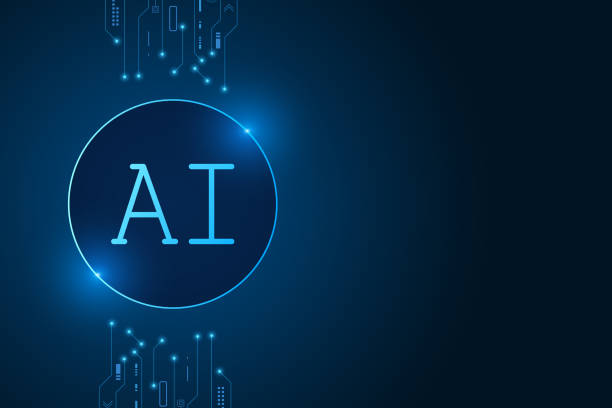
An AI robot typically consists of the following components:
Sensors Sensors collect information from the surrounding environment.
This information can include images, sounds, temperature, pressure, etc.
Processor The processor processes the information collected by the sensors and makes decisions based on it.
The processor is usually a computer programmed with artificial intelligence algorithms.
Motors and Actuators Motors and actuators allow the AI robot to move and interact with its environment.
These components can include electric motors, hydraulic pumps, robotic arms, etc.
Artificial Intelligence Software This software includes machine learning algorithms, neural networks, and other AI techniques that enable the AI robot to learn, reason, and make decisions.
To better understand this, pay attention to the table below:
| Components | Description |
|---|---|
| Sensors | Collecting information from the environment |
| Processor | Processing information and decision-making |
| Motors and Actuators | Movement and interaction with the environment |
| AI Software | Learning, reasoning, and decision-making |
These components work together to enable the AI robot to perform various tasks and interact with its environment.
AI robots can help humans everywhere.
Types of AI Robots Based on Application
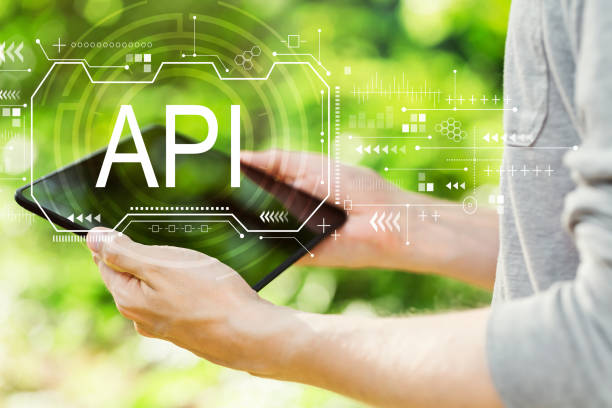
AI robots are divided into different types based on their application:
Industrial Robots These robots are used in factory production lines for repetitive and dangerous tasks.
Medical Robots These robots are used in hospitals for precise surgeries, assisting patients, and managing medications.
Service Robots These robots are used in hotels, restaurants, and other public places to provide services to customers.
Space Robots These robots are used in space missions to explore planets and collect samples.
Military Robots These robots are used in battlefields for reconnaissance, bomb disposal, and equipment transport.
Household Robots These robots are used in homes for cleaning, cooking, and elderly care tasks.
Each of these types of AI robots has its own specific features and capabilities and is designed to perform particular tasks.
With technological advancements, it is expected that the applications of AI robots will expand, and we will witness the emergence of new types of these robots.
AI robots are rapidly advancing.
Worried about losing customers because you don’t have a professional e-commerce website?
Forget these worries with e-commerce website design by Rasavv!
✅ Significant increase in sales and visitor-to-customer conversion rate
✅ Professional and user-friendly design that builds customer trust
⚡ Get free consultation from Rasavv
Machine Learning and Its Role in AI Robots
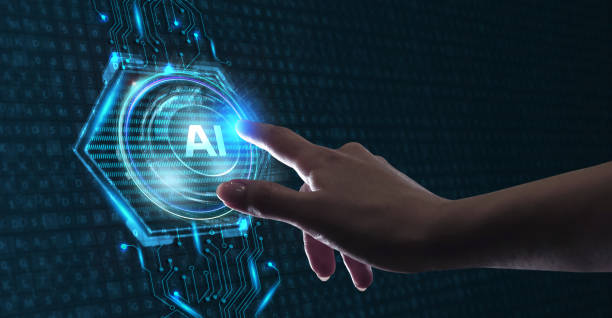
Machine Learning is one of the main subfields of artificial intelligence that plays a very important role in the performance of AI robots.
Machine learning enables AI robots to learn from data and improve their performance without the need for explicit programming.
In other words, instead of instructing an AI robot how to perform a specific task, we provide it with a large amount of data and allow it to identify patterns and relationships within the data, building a learning model based on that.
Then, the AI robot can use this model for prediction, decision-making, and solving new problems.
There are various machine learning algorithms, each suitable for a specific type of data and task.
Some common algorithms include:
Supervised Learning In this type of learning, AI robots are provided with labeled data, and the AI robot learns how to predict labels for new data.
Unsupervised Learning In this type of learning, AI robots are provided with unlabeled data, and the AI robot attempts to identify hidden patterns and structures within the data.
Reinforcement Learning In this type of learning, the AI robot learns through trial and error how to act in a specific environment to maximize its reward.
Using machine learning, AI robots can perform tasks for which they were not previously programmed and improve their performance over time.
AI robots can learn and improve themselves.
Challenges and Limitations of AI Robots

Alongside numerous advantages, AI robots also face challenges and limitations.
Some of these challenges include:
High Cost Designing, manufacturing, and maintaining AI robots can be very expensive.
Complexity AI robots are complex systems that require high technical expertise for development and maintenance.
Ethical Limitations The use of AI robots in certain fields, such as warfare and healthcare, can raise serious ethical issues.
Data Dependency AI robots require a large amount of data for learning and proper functioning.
If the data is incomplete, inaccurate, or biased, the performance of the AI robot will also be affected.
Security AI robots can be vulnerable to cyber attacks and hacking.
This can lead to data theft, damage to equipment, and even endanger human lives.
To overcome these challenges, further research and development in the fields of artificial intelligence, robotics, and technology ethics are needed.
Additionally, appropriate laws and regulations for the use of AI robots must be formulated to prevent the misuse of this technology.
AI robots must be used correctly.
The Future of AI Robots

The future of AI robots appears very bright and promising.
With technological advancements, AI robots are expected to become smarter, more efficient, and more cost-effective, and be used in a wider range of applications.
Some key trends shaping the future of AI robots include:
Ubiquitous AI Artificial intelligence is expected to permeate all aspects of our lives, with AI robots playing a role in many of our daily activities.
Human-Robot Collaboration Instead of AI robots replacing humans, they are expected to collaborate with them and assist them in performing their tasks.
Autonomous Robots Autonomous AI robots, such as self-driving cars and drones, are becoming a reality and can revolutionize the transportation industry.
Social Robots Social AI robots, such as nursing robots and companion robots, can play a significant role in caring for the elderly and those in need.
| Trend | Description |
|---|---|
| Ubiquitous AI | AI permeating all aspects of life |
| Human-Robot Collaboration | Robots collaborating with humans to perform tasks |
| Autonomous Robots | Self-driving cars and drones |
| Social Robots | Robots for caring for the elderly and needy |
Despite all the challenges and limitations, AI robots have the potential to significantly improve our lives and help solve many of the world’s major problems.
AI robots can change the world.
Impact of AI Robots on Jobs
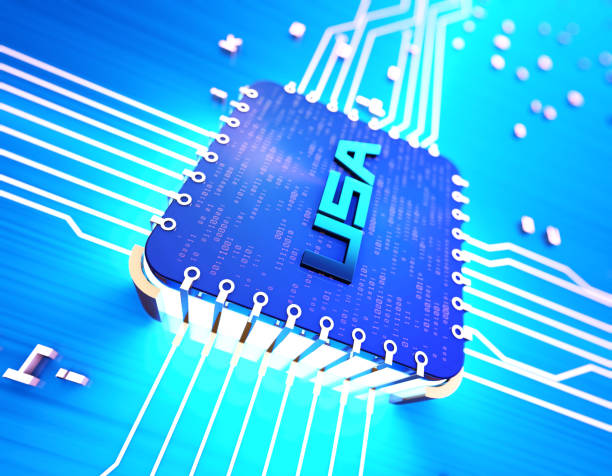
The impact of AI robots on jobs is a controversial topic.
On one hand, AI robots can automate some jobs, leading to job displacement.
On the other hand, AI robots can create new jobs and increase productivity and efficiency.
In general, AI robots are expected to primarily affect jobs that are repetitive, routine, and require low skills.
Jobs requiring creative, problem-solving, communication, and empathy skills are less at risk of job loss.
To prepare for these changes, individuals need to learn new skills and adapt themselves to the needs of the future job market.
Governments and organizations must also provide training and support programs to assist people in this process.
Furthermore, it is important to note that AI robots are not meant to replace humans, but rather to help them be more efficient and effective.
Therefore, we should seek ways to use AI robots as a tool to increase productivity and improve working conditions.
AI robots can help humans perform tasks faster.
Does your current website showcase your brand’s credibility as it should? Or does it drive away potential customers?
Rasavv, with years of experience in professional corporate website design, is your comprehensive solution.
✅ A modern, beautiful, and brand-consistent website
✅ Significant increase in lead generation and new customer acquisition
⚡ Contact Rasavv now for a free corporate website design consultation!
Important Tips for Selecting and Using AI Robots

Selecting and using AI robots requires attention to the following points:
Defining Needs Before purchasing an AI robot, you must accurately define your needs.
What tasks do you want the AI robot to perform? What is your budget? What level of technical expertise do you have for using and maintaining the AI robot?
Research and Review Before purchasing, research different types of AI robots available in the market and read user and expert reviews.
Choosing a Reputable Supplier Purchase from a reputable and experienced supplier who provides adequate after-sales services.
Training and Support Ensure that you receive the necessary training and support for using and maintaining the AI robot.
Security Take necessary security measures to protect the AI robot from cyber attacks.
Ethics Consider the ethical issues related to the use of AI robots and prevent the misuse of this technology.
By observing these points, you can choose the right AI robot and benefit from its advantages.
AI robots can provide significant assistance to you.
Ethical Issues Surrounding AI Robots

The development and use of AI robots raise important ethical issues.
Some of these issues include:
Responsibility If an AI robot makes a mistake, who is responsible? The AI robot manufacturer, the AI robot user, or the AI robot itself?
Privacy AI robots can collect a lot of information about us.
How can we protect our privacy from AI robots?
Bias If the data used to train an AI robot is biased, the AI robot will also act in a biased manner.
How can we prevent this?
Transparency How can we ensure that AI robots operate transparently and are explainable?
Control How can we ensure that AI robots are under human control and follow our commands?
To solve these ethical issues, extensive dialogue and collaboration among experts, policymakers, and the public are needed.
Furthermore, appropriate laws and regulations for the use of AI robots must be formulated to prevent the misuse of this technology.
AI robots must be properly controlled.
Frequently Asked Questions
| Row | Question | Answer |
|---|---|---|
| 1 | What is an AI robot? | An AI robot is a machine capable of understanding, reasoning, learning, and problem-solving, and can perform complex tasks with relative autonomy. |
| 2 | What are the most important applications of AI robots? | Main applications include industrial manufacturing, customer services (chatbots), medicine and surgery, autonomous transportation, space exploration, and military affairs. |
| 3 | What is the main difference between an AI robot and a regular robot? | A regular robot only follows programmed instructions, whereas an AI robot can learn from data, make decisions, and adapt itself to new environments. |
| 4 | How do AI robots learn? | They identify patterns and improve their performance through machine learning algorithms (such as deep learning, reinforcement learning) and by processing vast amounts of data. |
| 5 | Can AI robots have emotions? | Currently, AI robots do not have real emotions in the human sense. They can imitate or detect emotions, but they do not understand or experience them. |
| 6 | What are the current limitations of AI robots? | Limitations include the need for large amounts of data, inability to understand abstract concepts, lack of true creativity, ethical issues, and challenges of generalization in new environments. |
| 7 | What is the role of AI in the development of Humanoid robots? | AI helps humanoid robots to walk, maintain balance, understand their surroundings, interact with humans, and perform complex tasks. |
| 8 | How is the future of AI robots predicted? | It is predicted that AI robots will become smarter, more autonomous, and capable of performing more complex tasks in daily life and industry, and their interaction with humans will increase. |
| 9 | Can AI robots replace all human jobs? | It is unlikely that all human jobs will be replaced. Robots will take over many repetitive and dangerous tasks, but jobs requiring creativity, empathy, and ethical judgment will remain. |
| 10 | What ethical and social challenges arise with the expansion of AI robots? | Challenges include issues related to privacy, data security, ethical decision-making by robots, impact on employment, and accountability in case of errors. |
And other services of Rasavv Advertising Agency in the field of advertising
- Smart Customer Journey Map: A dedicated service for growing website traffic based on intelligent data analysis.
- Smart Sales Automation: Professional optimization for increasing click-through rates using key page optimization.
- Smart Data Analysis: A combination of creativity and technology for digital branding through custom programming.
- Smart Social Media: Revolutionize customer behavior analysis with intelligent data analysis.
- Smart Sales Automation: A dedicated service for improving SEO ranking based on precise audience targeting.
And over a hundred other services in the field of internet advertising, advertising consultation, and organizational solutions.
Internet Advertising | Advertising Strategy | Advertorials
Sources
AI Robots on Digikala Mag
Comprehensive AI Guide on Maktabkhooneh
AI News on Zoomit
What is an AI Robot on ITResan
With Rasavv Afarin, your business will shine at its peak! With our expertise in personal website design and a wide range of digital marketing services, we create a powerful and influential online presence for you.
📍 Tehran, Mirdamad Street, next to Bank Markazi, Southern Kazeroun Alley, Ramin Alley, No. 6


